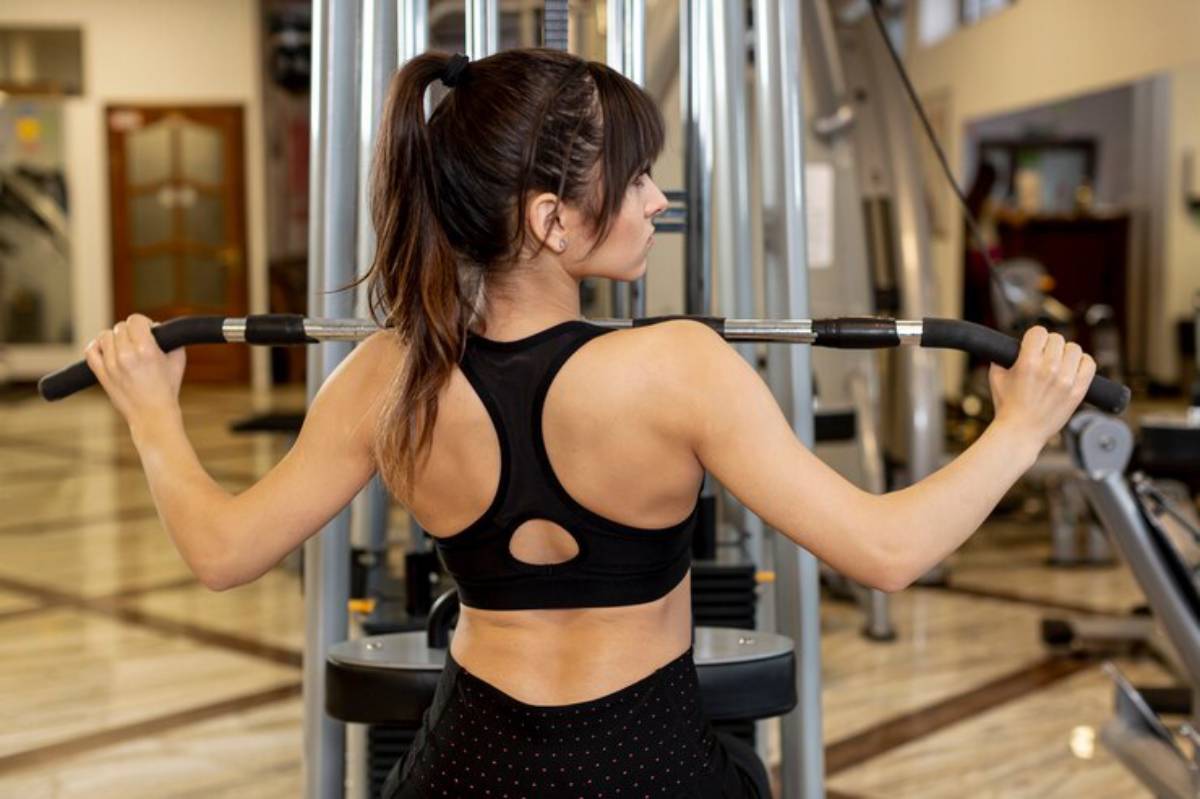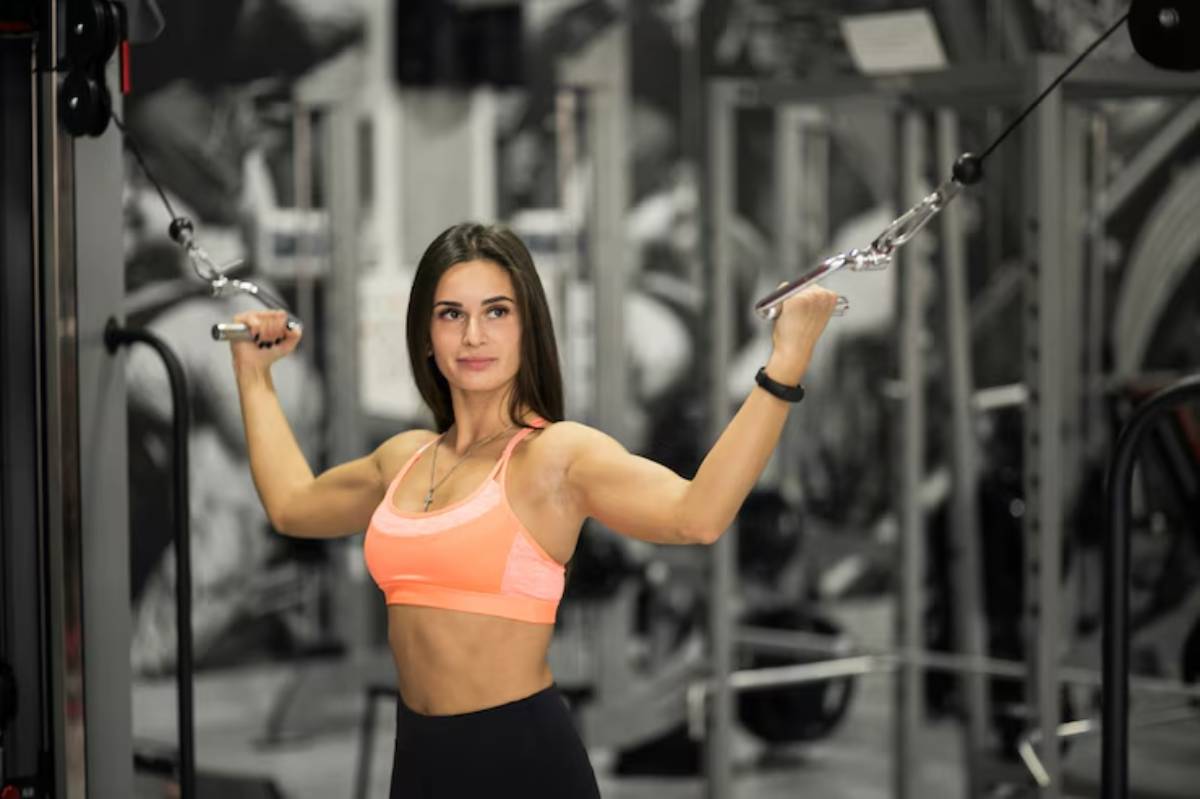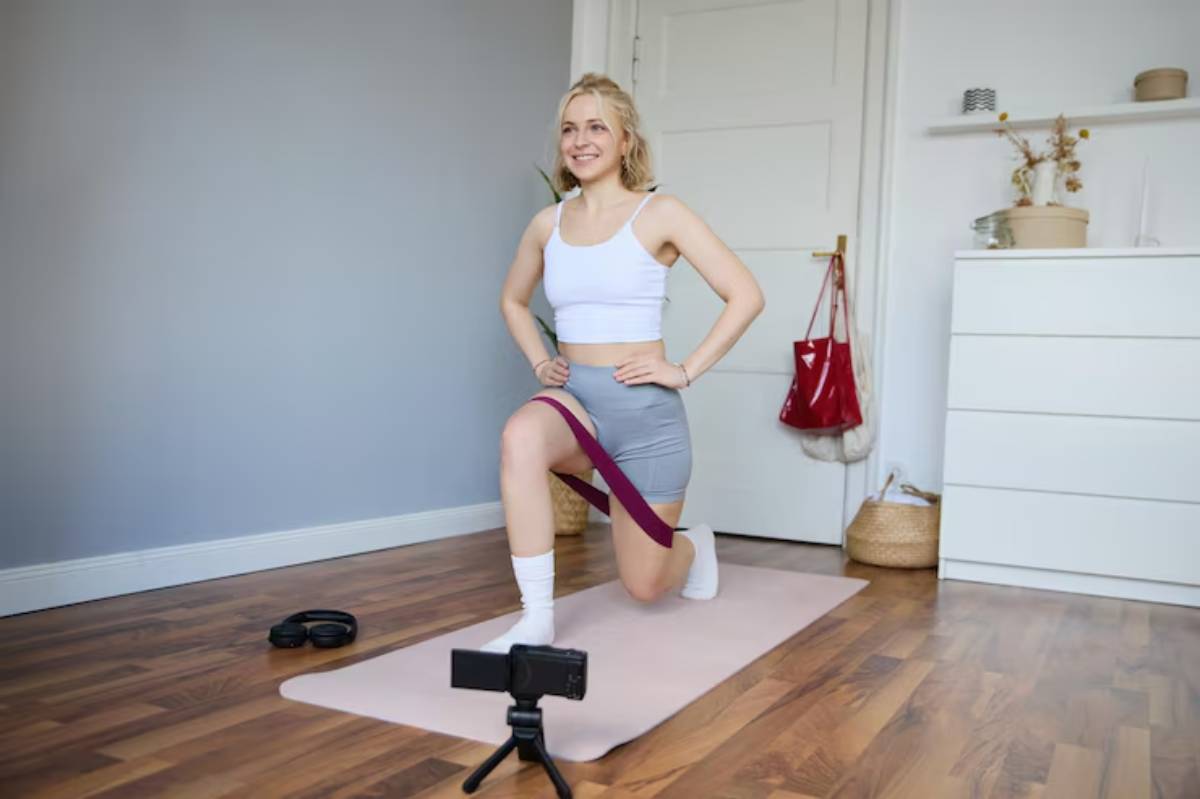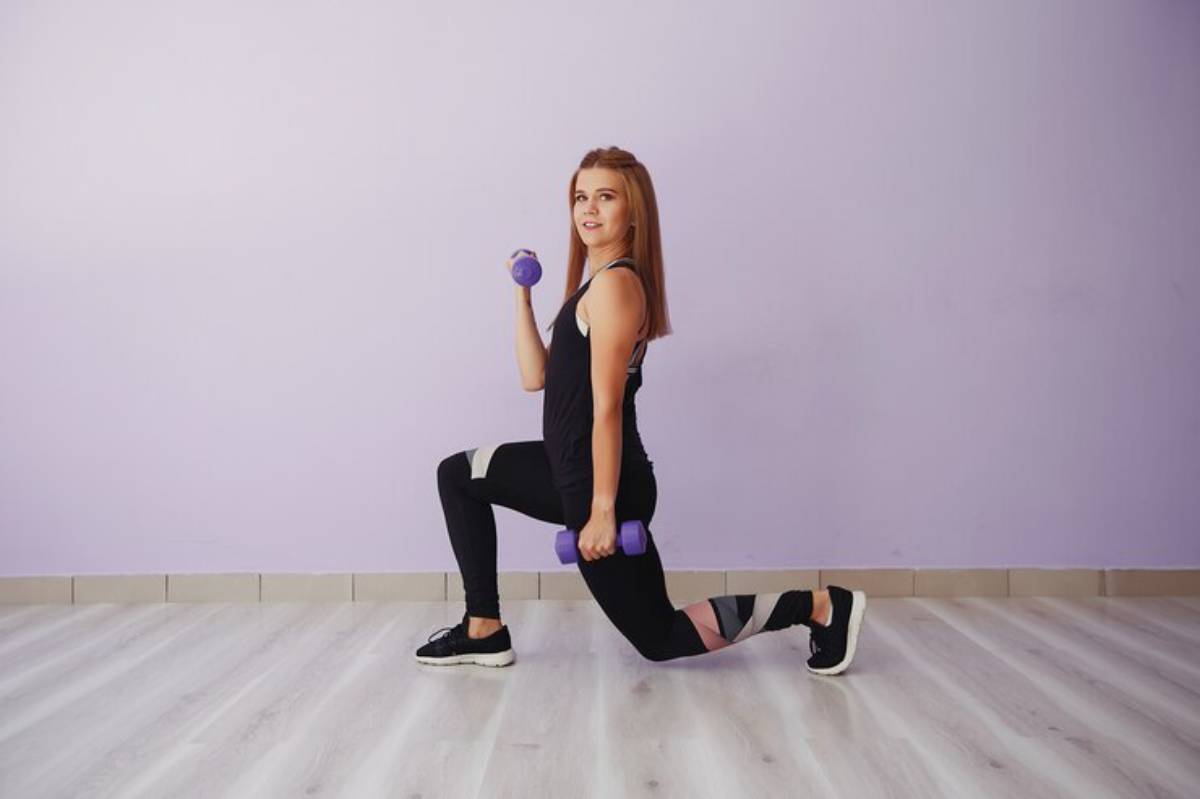
Build Upper Back Strength for Better Posture
How often do you find yourself hunched over a laptop, phone, or steering wheel — shoulders rounding forward, back stiffening, and neck aching? For many women, poor posture isn’t just a temporary slump; it’s an everyday struggle. And the antidote? A strong, toned upper back.
Good posture is more than just standing tall. It’s a physical reflection of internal strength — both literally and metaphorically. By focusing on upper back workouts tailored for women, you not only correct muscular imbalances but also enhance your appearance, reduce pain, and increase confidence.
In this blog, we’ll explore why back strength matters, which posture correction exercises are most effective, and how to integrate upper back toning workouts into your routine. Whether you’re a total beginner or already lifting, you’ll learn to train with intention — and finally give your back the attention it deserves.
Why Posture and Back Strength Are Connected
The posture epidemic
Our modern lifestyles make poor posture almost inevitable:
- Hours spent sitting or driving
- Phones held at chest height
- Laptops positioned below eye level
- Bags are carried on one shoulder
Over time, these habits lead to:
- Rounded shoulders
- Forward head posture
- Weak scapular stabilisers
- Chronic neck and back tension
Strengthening the upper back helps pull the shoulders back, re-engages your postural muscles, and reduces over-reliance on your traps and neck.
Muscles that matter for posture
When it comes to posture correction, the following muscles deserve your focus:
- Rhomboids: Pull the shoulder blades together
- Trapezius (mid and lower): Stabilise and retract the shoulders
- Rear deltoids: Support scapular movement and arm mechanics
- Latissimus dorsi (lats): Aid in back extension and shoulder control
- Erector spinae: Maintain spinal alignment
Train these consistently, and you’ll notice your posture shift naturally — without constantly having to “remember to sit up straight.”
Benefits of Strong Upper Back Muscles
- Improved posture and alignment
- Less shoulder and neck strain
- Better breathing and core engagement
- Enhanced performance in lifts and cardio
- A more defined, athletic silhouette
And yes, toned back muscles give that “pulled-together” look in clothes and create visible definition, especially around the shoulders and upper arms.
Upper Back Exercises That Actually Work

Skip the guesswork. These exercises are specifically chosen for their ability to improve posture, increase back strength, and sculpt feminine muscle tone, not bulk.
1. Bent-Over Rows
Why: Activate the lats, rhomboids, and mid traps.
- Use dumbbells, a barbell, or resistance bands
- Keep a flat back and pull your elbows in close to your torso
- Focus on squeezing your shoulder blades together
This movement is a staple across many upper/lower splits, like the 4-day upper/lower training plan for strength, and remains essential for upper back structure.
2. Face Pulls (Cable or Band)
Why: Strengthens rear delts and external rotators.
- Keep elbows high
- Pull the rope or band toward your face
- Pause at the peak and control the return
Face pulls are posture gold — they open up the chest and activate weak, underused back muscles.
3. Reverse Flys
Why: Targets rear delts and upper traps.
- Use light dumbbells or cables
- Keep your arms soft and focus on a wide, controlled arc
- Squeeze between the shoulder blades at the top
Perfect for toning without adding size, especially for those worried about “bulky” shoulders.
4. Lat Pulldowns or Band Pull-Downs

Why: Build lat and mid-back strength.
- Keep elbows tracking down and slightly forward
- Avoid arching your back
- Focus on engaging your lats, not pulling with your arms
If you’re working out at home, resistance bands can substitute for machines and still deliver excellent results.
5. Superman Hold or Extensions
Why: Strengthens erector spinae and improves spinal alignment.
- Lie on your stomach
- Lift arms, legs, and chest off the ground
- Hold or pulse gently
A low-impact but highly effective movement for desk-bound posture problems.
How to Structure a Weekly Upper Back Routine
You don’t need to train your back every day. Aim for 2–3 sessions per week, and integrate upper back exercises into your full upper body or pull-day workouts.
Sample 2-Day Split
Day 1 – Back Strength & Pull Focus
- Bent-Over Rows – 3×10
- Lat Pulldowns – 3×12
- Reverse Flys – 2×15
Day 3 – Posture Correction & Stability
- Face Pulls – 3×12
- Superman Hold – 3×30 sec
- Band Pull-Aparts – 2×20
These sessions can also be paired with shoulder and core work for a complete upper body plan.
For a broader full-week routine, check out how tostructure a balanced weekly training plan that distributes muscle group attention evenly.
Form Tips for Maximum Results

- Don’t rush the reps — slow and controlled wins the race
- Squeeze your shoulder blades on every pull-based movement
- Use a mirror to track shoulder position and avoid shrugging
- Keep your core tight to prevent overarching the spine
- Breathe out during the exertion phase to reinforce core engagement
And remember: more weight doesn’t mean more results. Focus on technique, mind-muscle connection, and movement precision.
Everyday Posture Cues to Reinforce Training
Building strength is step one. Reinforcing those new patterns is where the magic happens.
Here’s how to integrate posture improvements into daily life:
- Set phone reminders to roll your shoulders back and lift your chest
- Sit on a stability ball instead of a soft chair during long work sessions
- Sleep with a supportive pillow to keep your spine aligned
- Carry your bag on alternate shoulders to prevent muscle imbalance
- Stretch your chest to counteract tightness from sitting
Simple shifts like these amplify the results of your back training — and keep your posture improving outside the gym.
Real Women, Real Results
Meera, 38 – Office manager and mum of one:
“I used to get tension headaches all the time from hunching at my desk. Once I started training my upper back with face pulls and rows twice a week, the difference was incredible. I breathe easier, and I finally feel confident standing up straight.”
Tanvi, 30 – Photographer:
“My work is physically demanding, and my posture was suffering. After just a few weeks of focusing on my upper back, I noticed my shoulder pain decreased and my photoshoots felt less exhausting. I love the subtle tone it’s added to my frame too!”
Strength That Shows — and Supports
Training your upper back isn’t just about standing tall — it’s about living fully supported in your body. Strong scapular muscles stabilise your spine, improve your breathing, prevent pain, and yes — help you look incredible in a tank top.
With a consistent routine, thoughtful exercise selection, and posture-focused habits, you’ll move through the world taller, stronger, and more energised.
So go ahead — pull those shoulders back and stand in your strength. Your posture deserves it.


